Clarice Cliff
Her life, work and recognition through the blue plaque scheme
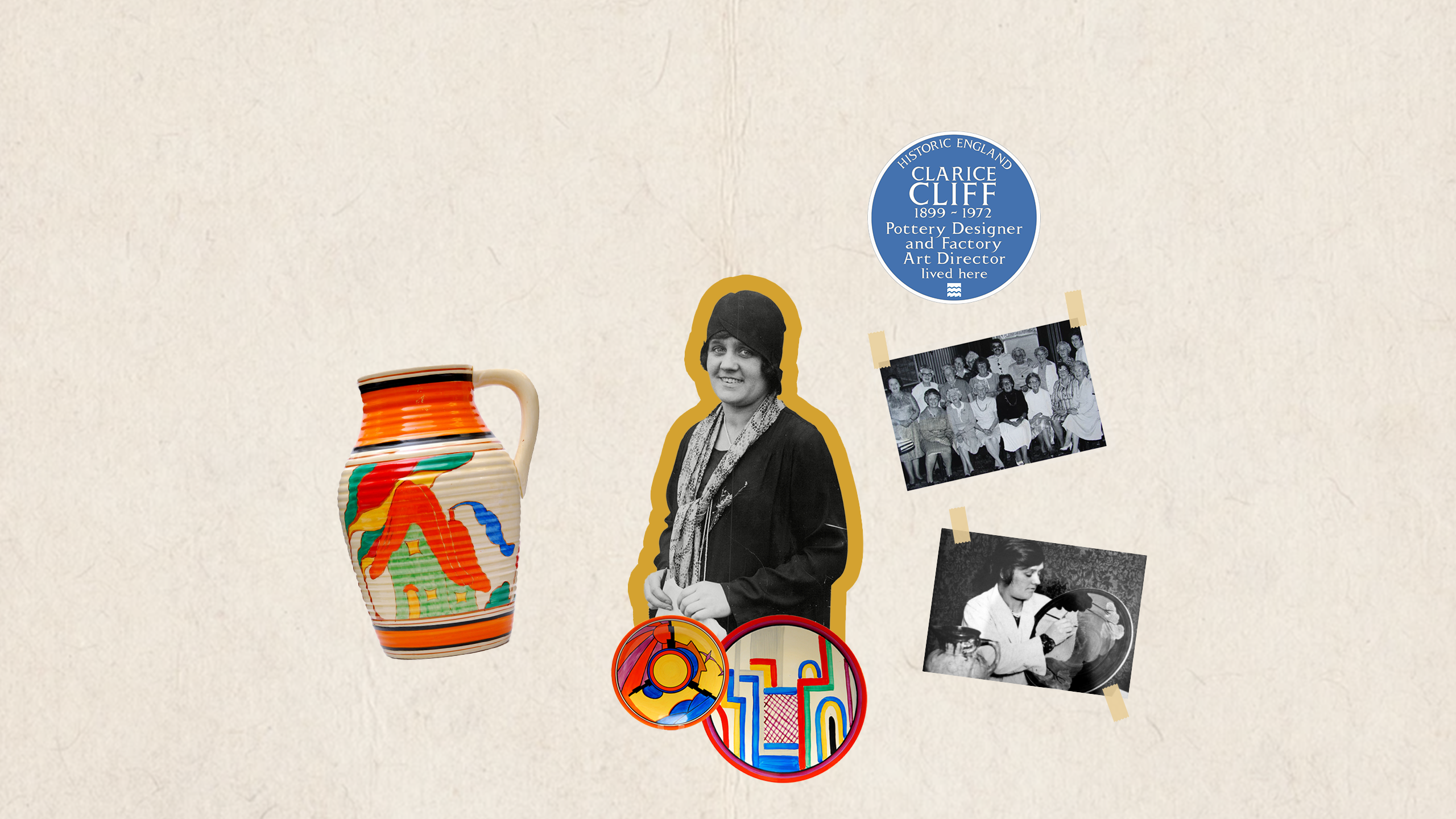
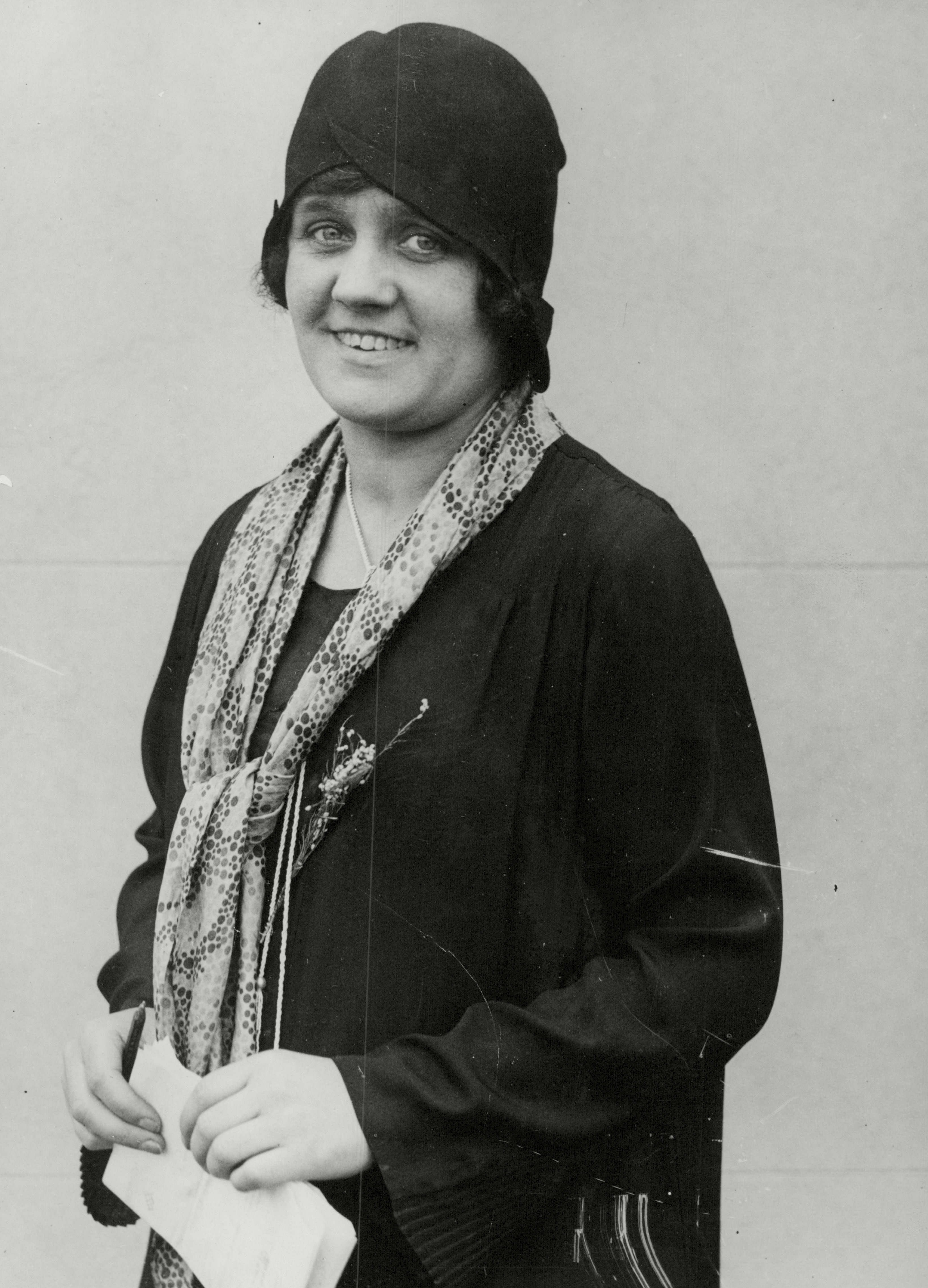
Who was Clarice Cliff?
Clarice Cliff was the factory girl from the potteries in Stoke-on-Trent who became one of the most recognised designers of the 20th Century. Born into a working-class family in 1899 in Tunstall, Clarice left school at 13 and started working for a local pottery firm, like many girls her age. But unlike most of her contemporaries, Clarice moved to different jobs and pottery firms, developing a wide range of artistic and design skills. By 1918, she had moved to A. J. Wilkinson’s Royal Staffordshire Pottery in Middleport, Burslem, where she stayed for the rest of her career.
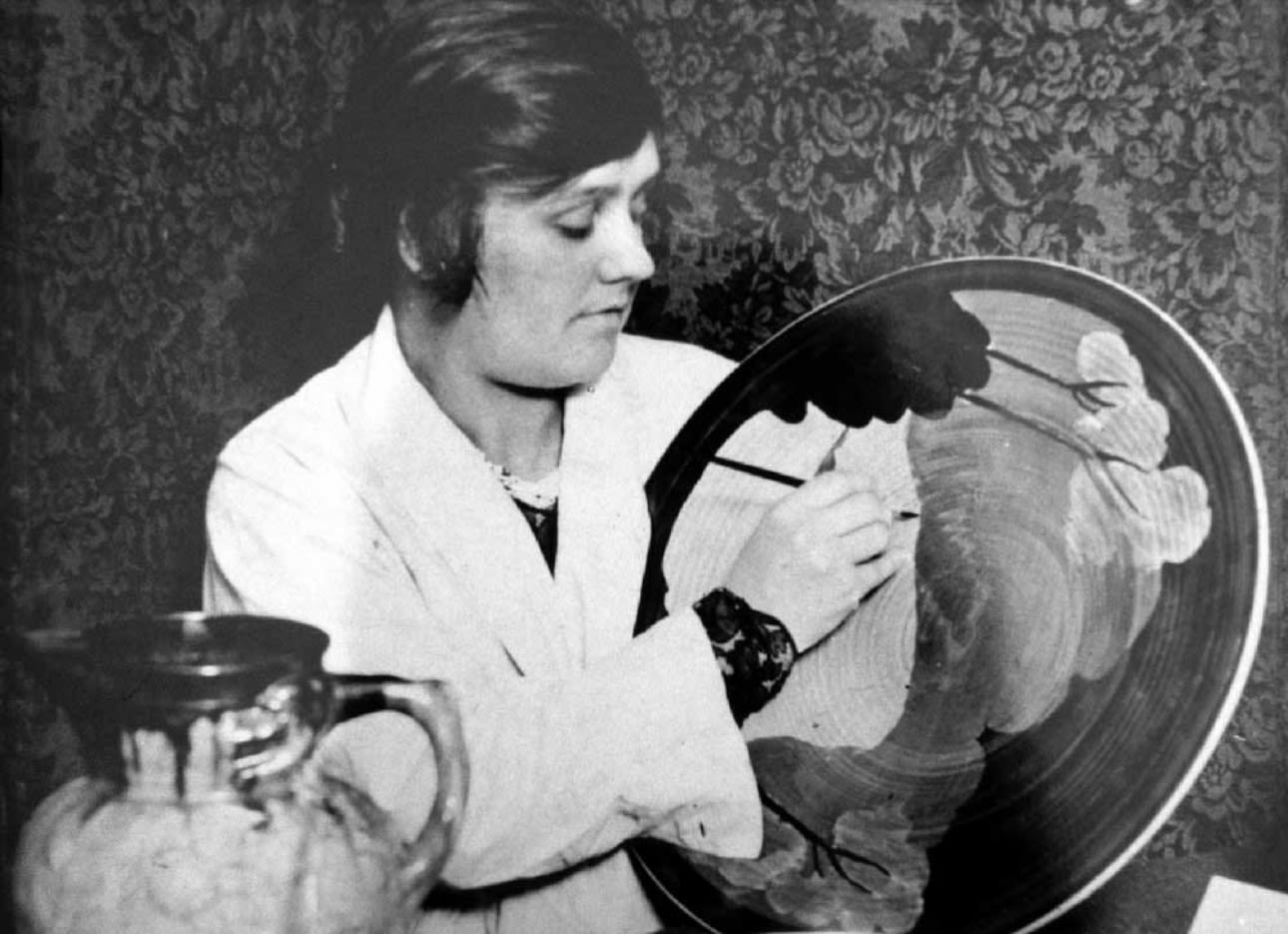
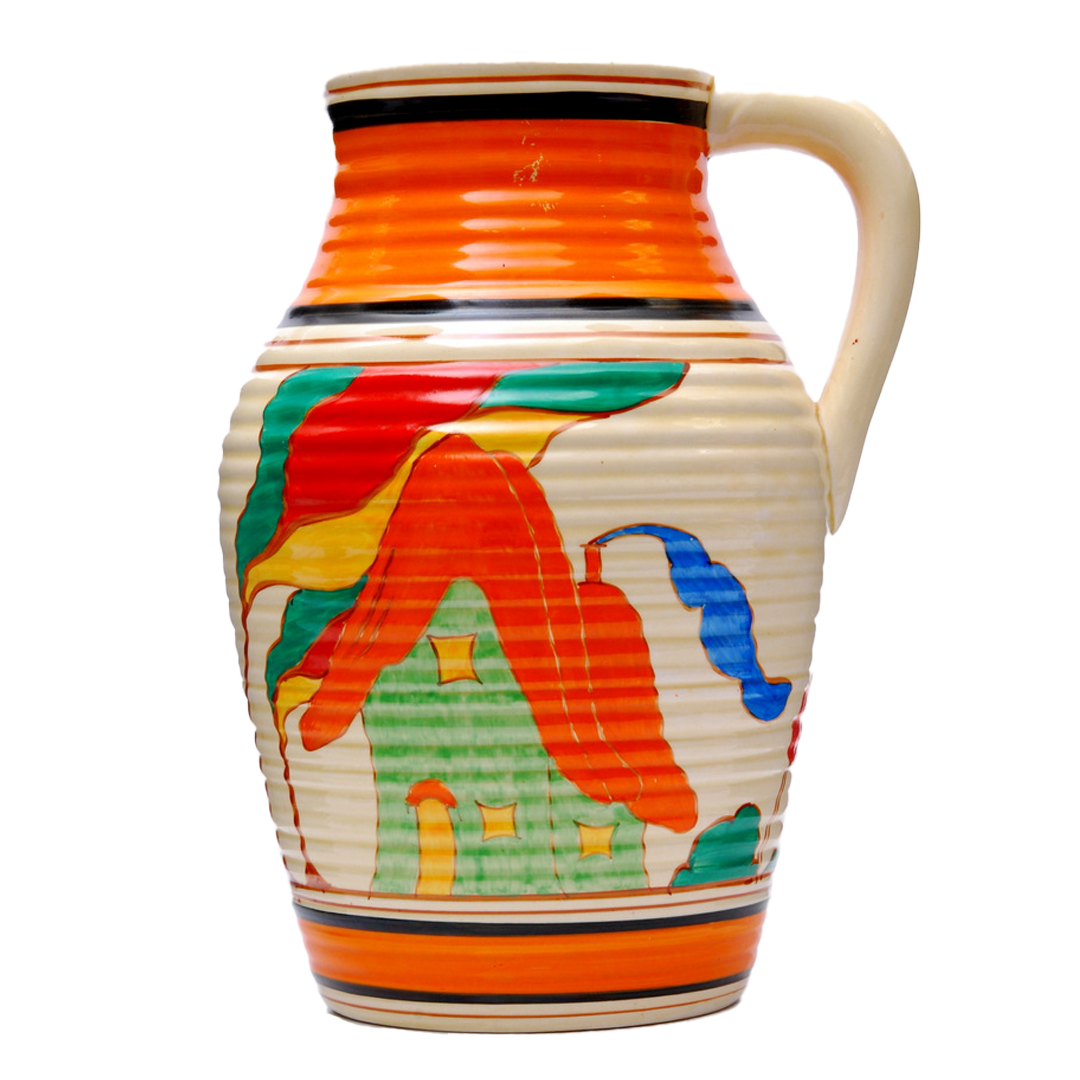
What are her career highlights?
Cliff is famous across the world for her colourful pottery, called ‘Bizarre-ware’. Developed in the latter half of the 1920s and early 30s and featuring bright, bold colours, loose, free brushwork and innovative, new shapes. The range was designed by Cliff and produced by a team of ‘Bizarre Girls’ at the Newport Pottery, working under her direction.
Cliff’s striking pottery designs were seen as hyper-modern and exciting, reflecting the optimism and ambition that came between the two World Wars. Her accessibly priced tableware and pottery was a striking change from what had come before and brought a sense of newness and fun into the home for everyday families, which proved popular both at home and abroad.
At her peak, Cliff was hugely successful and frequently mentioned by the press both nationally and internationally. She is quoted as saying: “Women today want continual change, they will have colour and plenty of it. Colour seems to radiate happiness and the spirit of
modern life and movement, and I cannot put too much of it into my designs to please women.” Clarice Cliff, 1930 (Leonard Griffin, Clarice Cliff: The Art of Bizarre, 1999).
In 1931, she was appointed Art Director at Wilkinson’s – a unique achievement for a woman in the Potteries.
From then until World War II, she went from strength to strength, working with celebrities to help market her works, collaborating on a project for Harrods with artists including Barbara Hepworth, Ben Nicholson and Eric Ravilious.
After nearly a decade of success, her career’s heyday came to an end as the market for decorative tableware suddenly halted at the outbreak of the Second World War, when restrictions were imposed on the types of pottery that could be produced.
"Women today want continual change, they will have colour and plenty of it. Colour seems to radiate happiness and the spirit of
modern life and movement, and I cannot put too much of it into my designs to please women."
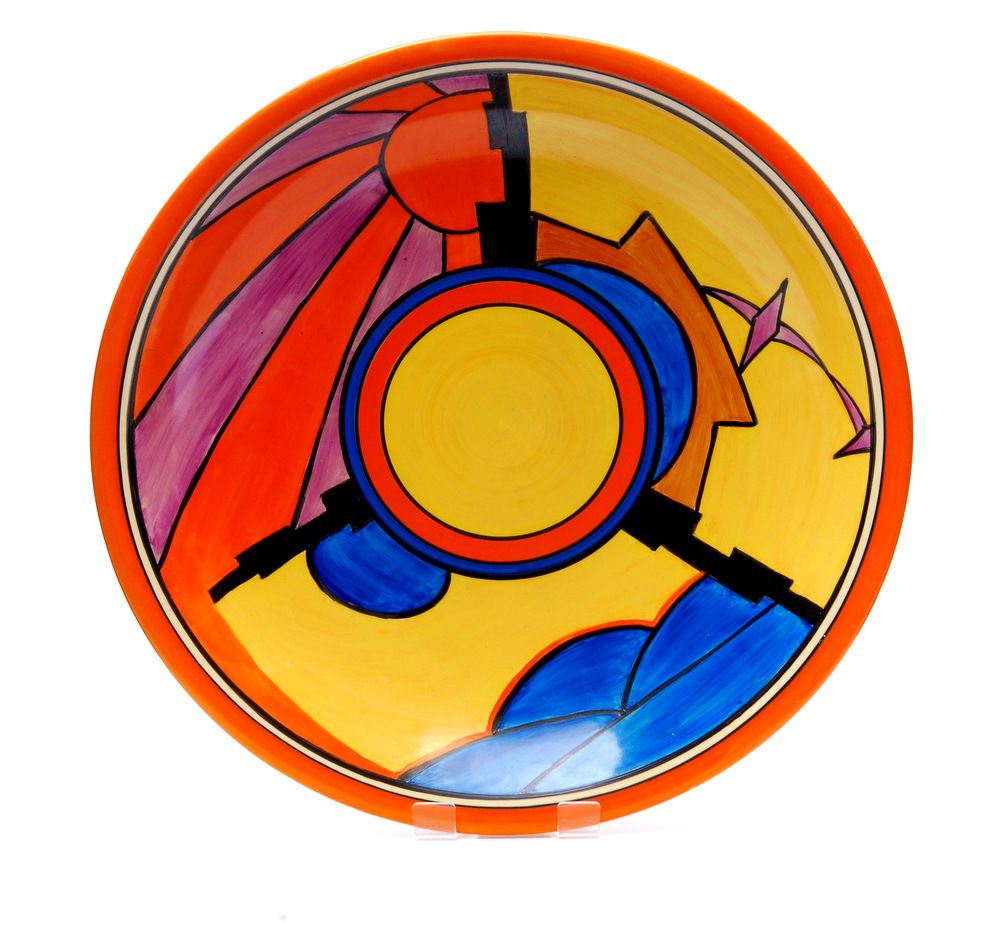

Why is she getting a blue plaque?
Clarice Cliff’s success story – a journey from teenage factory girl to one of the most recognised ceramic designers of the 20th century - comes right from the heart of the Potteries in Stoke-on-Trent.
Thought to be the first female Factory Art Director in the potteries, her new national blue plaque in Stoke-on-Trent will also recognises her creativity and design skills, which have bought so much colour and joy to many people for decades.

What is a blue plaque?
Historic England's national blue plaque scheme celebrates people throughout history who have made significant and positive contributions to human welfare or happiness. It runs the scheme on behalf of the Department for Culture, Media and Sport.
This summer, from mid-May to mid-July, you can submit your own nominations for a blue plaque. There will be advice on what we’re looking for in the nomination process, an online application form, and details on how Historic England decides who gets a plaque.
